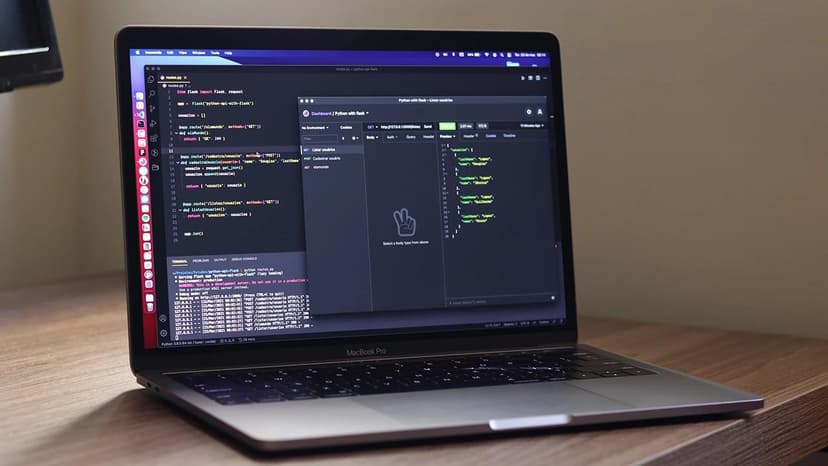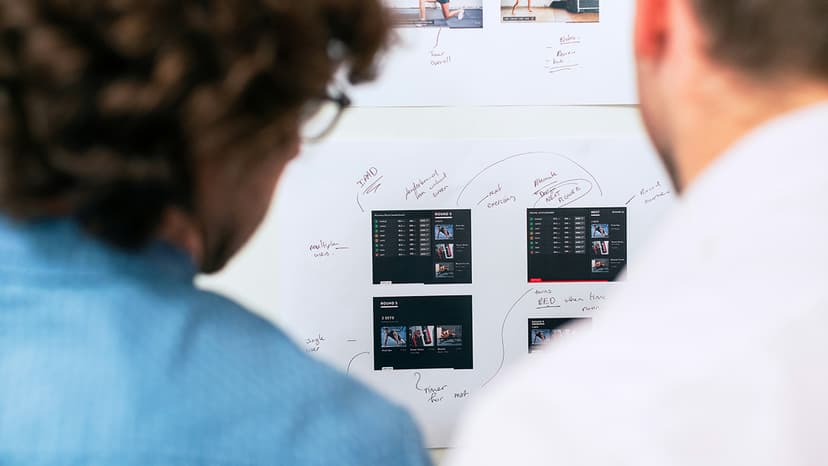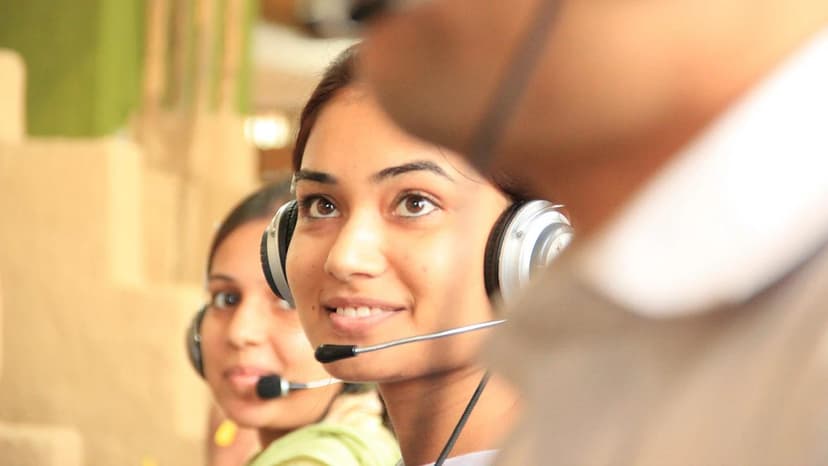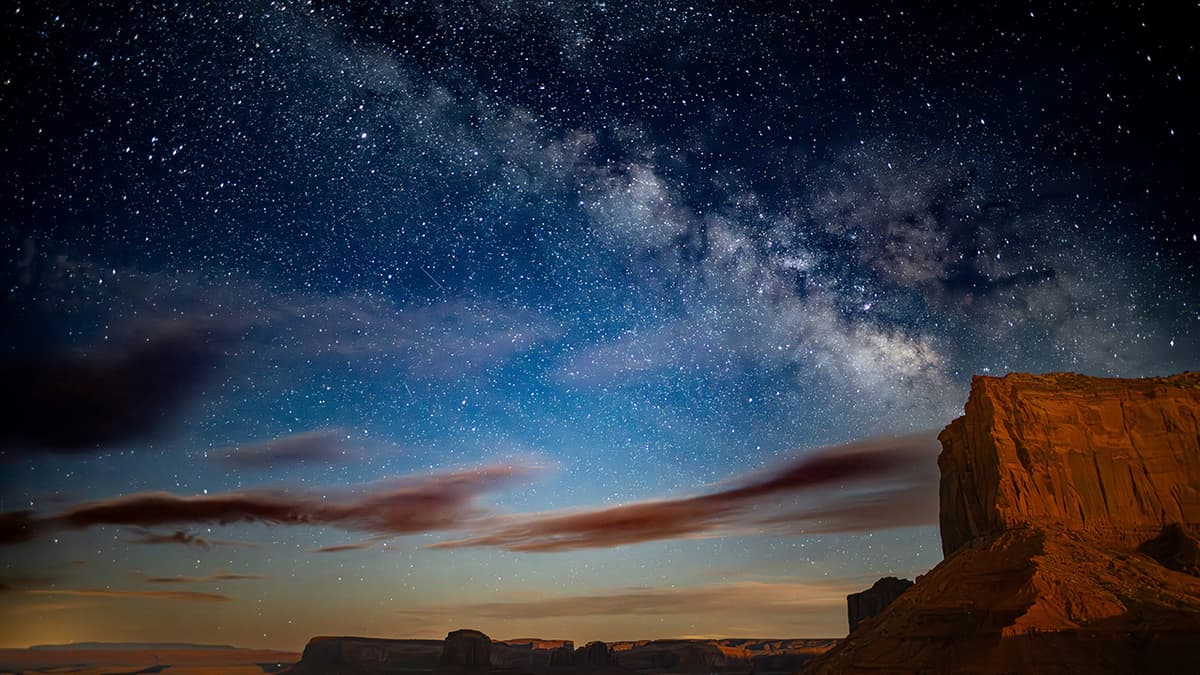Exploring OpenAI's Sora and the Magic of AI-Generated Videos
In the vast and ever-evolving landscape of artificial intelligence (AI), new innovations continue to surface, transforming how we interact with technology on a daily basis. One of the standout progressions in this field has been in the area of AI-generated videos. A shining example of this innovation is OpenAI's development, Sora. This cutting-edge technology is not just another tech tool; it's revolutionizing the way videos are created and experienced.
What is OpenAI's Sora?
OpenAI, known for their trailblazing advancements in AI (OpenAI's Website), introduced Sora as part of their offerings. Sora is designed to make video generation not only simpler but also more intuitive and adaptive. It utilizes state-of-the-art machine learning models to generate, edit, and produce video content almost autonomously. This represents a significant leap forward, showing how AI can influence creative processes by granting a new range of possibilities for content creators.
How Does Sora Work?
The core of Sora revolves around deep learning algorithms. These algorithms are designed to understand and interpret various inputs from users—be it in the form of text, images, or even small video clips. Once Sora receives these inputs, it begins its magic.
-
Input Interpretation: Initially, when a user provides inputs, Sora uses its training on vast datasets to accurately perceive and analyze the components. For instance, if a user describes a scene or submits partial video content, Sora can recognize the context and the elements present in it.
-
Content Generation: Based on this interpretation, Sora employs generative models to produce video content that fits users' parameters. This can range from creating realistic human motions from scratch to integrating seamlessly with existing video clips to form a coherent whole.
-
Editing and Refinement: After the generation phase, Sora isn't done just yet. It automatically applies post-processing enhancements to improve the visual appeal and ensure the output matches professional standards. This includes color correction, stabilization, and sound design among other elements.
The Role of AI in Video Generation
AI in video generation is not merely about replicating human tasks, but augmenting our capabilities to achieve better, faster results. Let's dive into the specifics:
-
Automation: AI can handle repetitive and time-consuming parts of the video production process, such as syncing audio and video, or cutting and joining sequences based on predetermined rules. This automation speeds up the creation time dramatically.
-
Customization: Every piece of content can be tailored to personal or commercial needs without the extensive efforts that manual video editing demands. Whether it’s changing the backdrop of a scene or altering the animation of characters, AI systems like Sora offer a toolkit for extensive customization.
-
Scalability: With AI-driven tools, the scale of video production can expand without the equivalent rise in time and labor costs. This means companies and creators can produce more content within their timelines and budgets.
Practical Applications of AI-Generated Videos
The applications of AI-generated videos are vast and varied:
- Entertainment: Filmmakers and animators can create complex scenes featuring crowds or elaborate landscapes without the need for expansive sets and large numbers of extras.
- Education: Educational content creators can generate instructional videos tailored to various learning styles and needs, all crafted swiftly to suit the curriculum pace.
- Advertising: Marketers can produce high-quality ads personalized to different demographics and regions, enhancing engagement and campaign effectiveness.
- Social Media: Content creators can generate unique and engaging content regularly, keeping up with the rapid consumption rates of social platforms.
The Future Prospects
AI-generated videos are paving the way towards a more dynamic and personalized media landscape. As technologies like Sora continue to evolve, they promise even greater degrees of realism and creativity. This is not just about technology replacing human skills but rather enhancing and collaborating with human creativity to explore new artistic and functional horizons.
The creative possibilities are boundless, and as AI continues to grow in capability, the barriers between imagined and created content will continue to diminish. This aligns with a future where AI helps us not only to view but also to craft the world through a lens of boundless creativity and innovation.
From transforming how educational content is delivered to revolutionizing the creation of blockbuster films, AI like OpenAI's Sora is setting a new standard in the video production arena. The journey of AI in video production showcases a promising path that is only going to expand in its scope and influence.
AI's role in video generation is a testament to how machine learning and creative processes can come together to produce astonishing results. As we stand on the brink of this new era, it is exciting to see how further advancements in AI will continue to reshape our visual experience.












